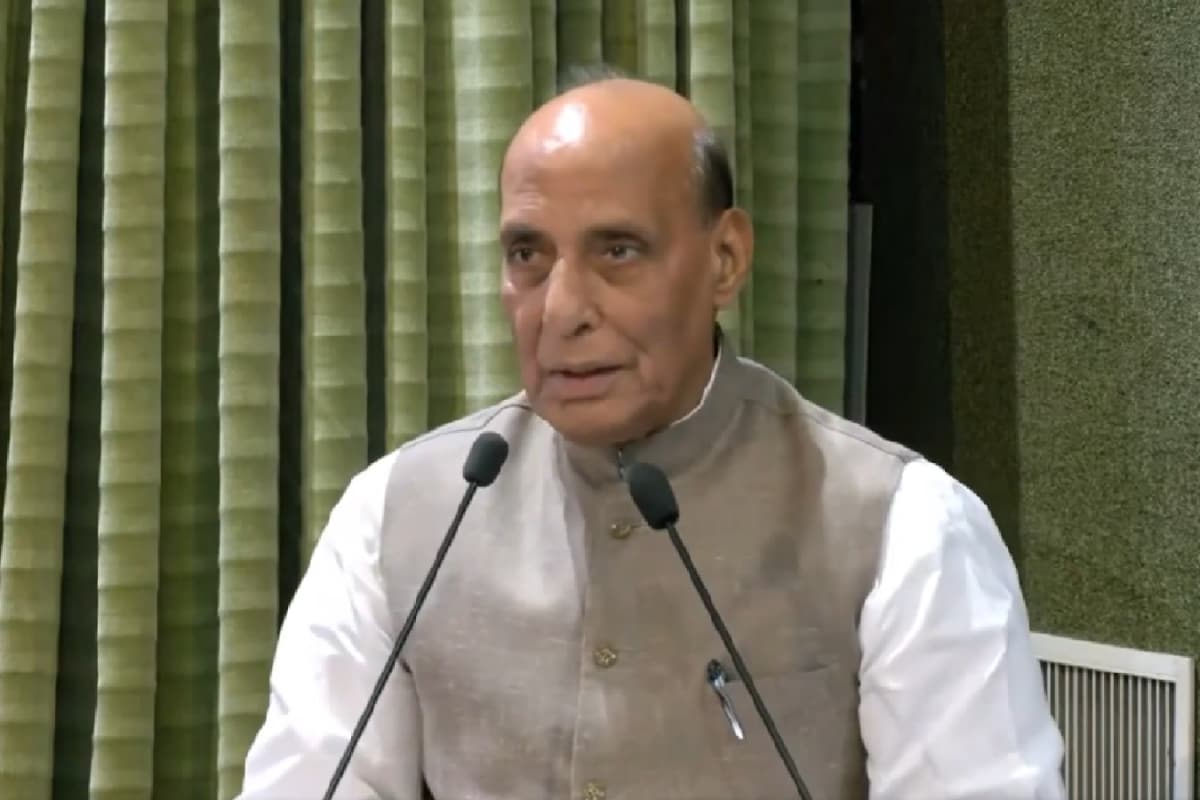

In the wake of the devastating terrorist attack in Pahalgam on April 22nd, which claimed the lives of 26 innocent civilians, India launched Operation Sindoor as a decisive response. The operation, executed on May 7th, targeted terrorist infrastructure in Pakistan and Pakistan-occupied Kashmir (POK).
Defense Minister Rajnath Singh, in a statement on August 10, 2025, hailed Operation Sindoor as a powerful demonstration of India's capability to defend itself with indigenous resources. He emphasized that India doesn't provoke anyone, but will not spare those who challenge its integrity and sovereignty.
Chief of Army Staff General Upendra Dwivedi revealed that the decision to launch Operation Sindoor was made after a high-level meeting on April 23rd, where Defense Minister Rajnath Singh declared "enough is enough". Singh gave the armed forces a "free hand" to respond as they saw fit, a move Dwivedi described as "unprecedented political clarity and confidence". Air Chief Marshal Amar Preet Singh also acknowledged the central government's "political will" as a key factor in the operation's success.
The operation involved precision air and missile strikes on nine key targets. Indian forces successfully neutralized over 100 terrorists linked to groups such as Jaish-e-Mohammed, Lashkar-e-Taiba, and Hizbul Mujahideen. During Operation Sindoor, the Indian Air Force shot down five Pakistani fighter jets and one large Airborne Early Warning and Control (AEW&C) aircraft. According to Air Chief Marshal AP Singh, the S-400 air defense system played a crucial role, preventing Pakistani aircraft from deploying long-range glide bombs.
The Army Chief described Operation Sindoor as a strategic game of chess, with India making calculated moves and anticipating the enemy's responses. He also noted that the operation became a symbol of national unity, with citizens questioning why the operation was stopped, a question he believes has been adequately answered.
The strikes inflicted significant damage on Pakistani military assets and infrastructure. Targets included radar installations, communication hubs, and airfields across 11 Pakistani bases, including the Nur Khan air base. New images have emerged showing the extent of the damage inflicted on Pakistani air assets during Operation Sindoor. A radar installation in Arifwala and a radar head in Chunian were destroyed. Multiple F-16 aircraft are suspected to have been damaged in the IAF attack on the main hangar at Jacobabad airbase.
Pakistan's closure of its airspace to Indian-registered aircraft between April 24 and June 30 resulted in a revenue loss of approximately Rs 123 crore for the Pakistan Airports Authority.
US warfare expert John Spencer highlighted the unexpected successes of Operation Sindoor, particularly in light of the advanced military capabilities of both India and Pakistan. He credited the operation's success to the alignment between political and military objectives, as well as the joint synchronization of ground, air, and naval capabilities. Spencer also praised India's transparency in providing evidence, including satellite imagery, to verify the success of the strikes.